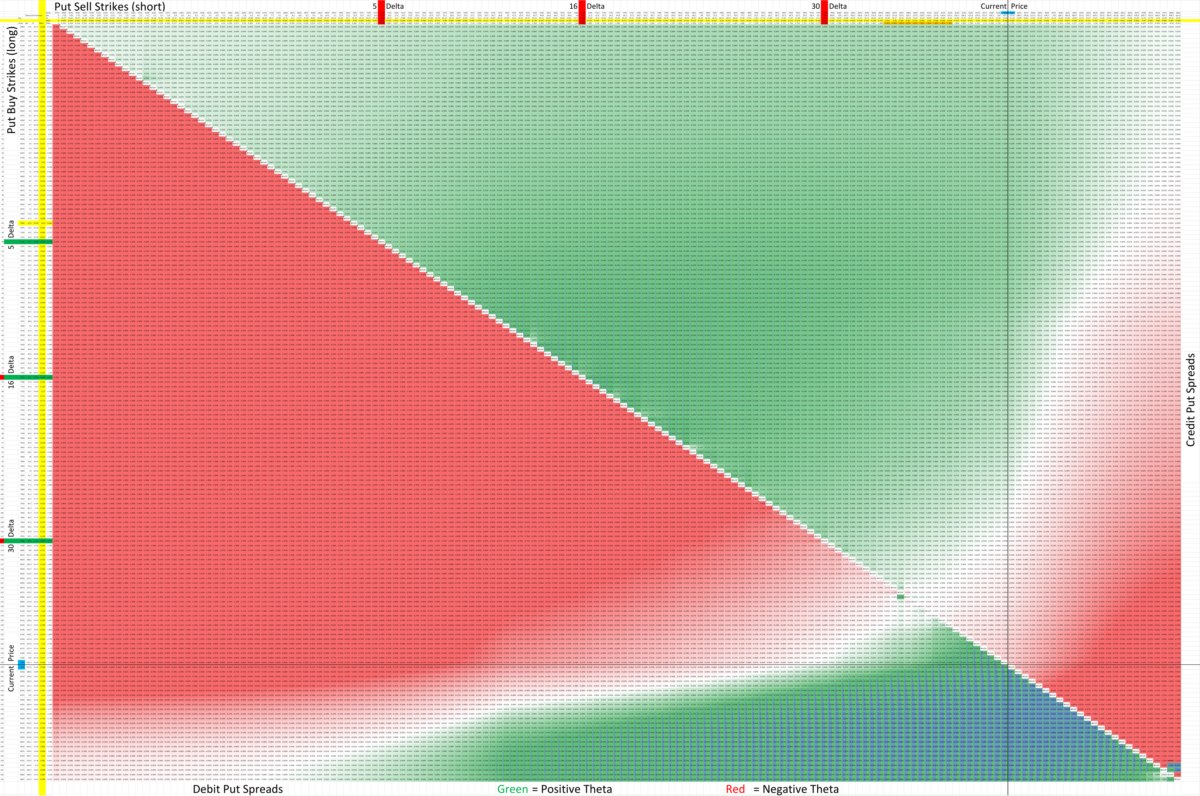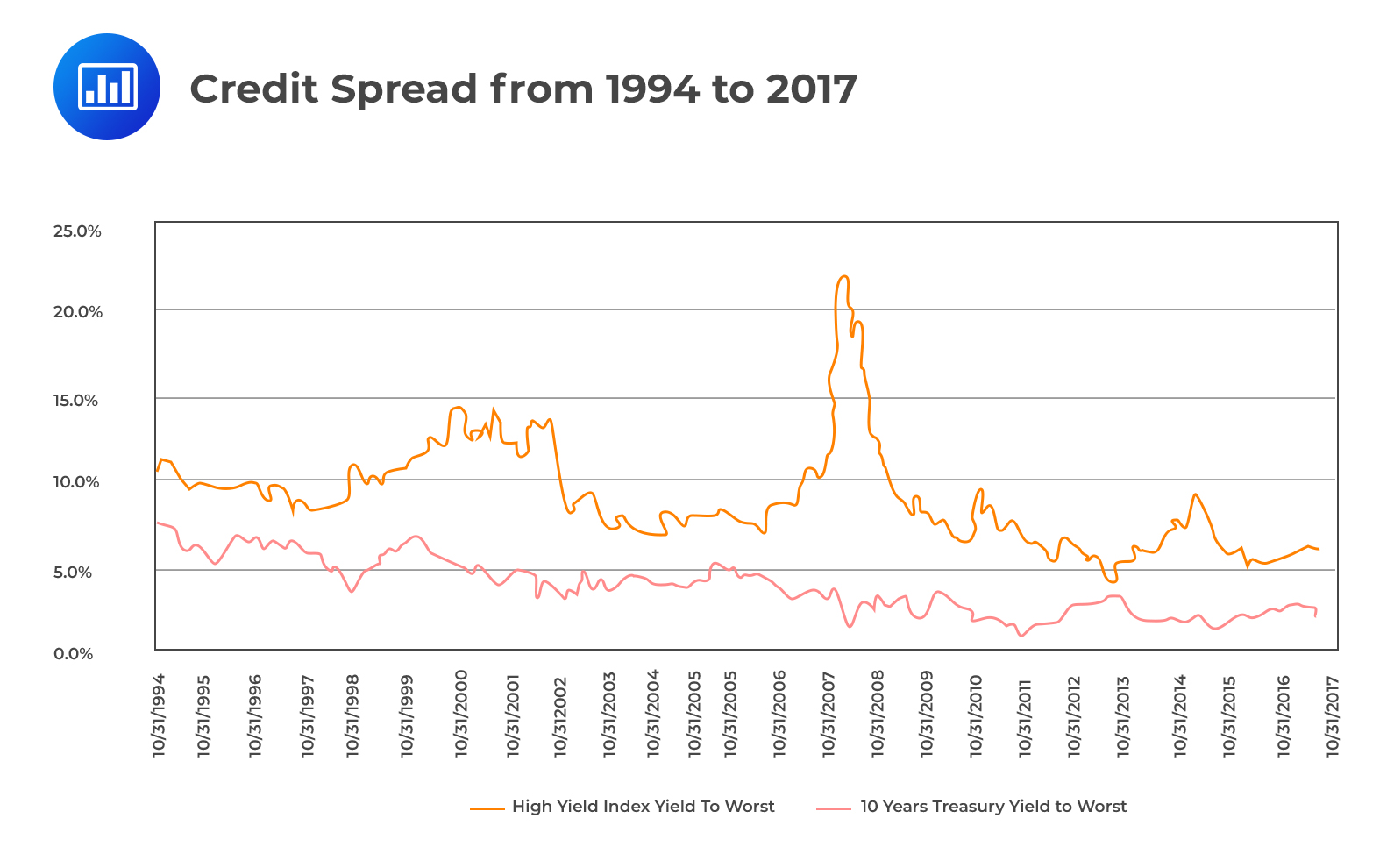Home>Finance>What Is Option-Adjusted Spread (OAS)? Definition And Example


Finance
What Is Option-Adjusted Spread (OAS)? Definition And Example
Published: January 4, 2024
Learn the definition and example of Option-Adjusted Spread (OAS) in finance. Discover how this metric is used to evaluate fixed-income securities.
(Many of the links in this article redirect to a specific reviewed product. Your purchase of these products through affiliate links helps to generate commission for LiveWell, at no extra cost. Learn more)
Understanding Option-Adjusted Spread (OAS) in Finance
When it comes to investing in financial markets, understanding the concept of Option-Adjusted Spread (OAS) is essential. It is a crucial measure used to assess the risk and return of fixed-income securities, such as bonds or mortgage-backed securities. In this article, we will explore the definition of OAS, its importance, and provide a practical example to help you grasp the concept.
Key Takeaways:
- Option-Adjusted Spread (OAS) is a metric used to measure and compare the yield of fixed-income securities.
- OAS accounts for the embedded options within these securities, such as call or put options, to determine their fair value.
Now, let’s dive into a comprehensive explanation of the Option-Adjusted Spread (OAS).
Defining Option-Adjusted Spread (OAS)
The Option-Adjusted Spread (OAS) is a measure that reflects the additional yield an investor receives above the risk-free rate to compensate for the potential risks associated with a fixed-income security. It takes into account the embedded options within the security, such as call or put options, and adjusts the spread based on the estimated value of these options.
Essentially, OAS helps investors determine how much they are being compensated for taking on the additional risks associated with these options. It provides a more accurate picture of the potential return on investment compared to simply looking at the nominal spread or yield-to-maturity.
Let’s illustrate this with an example:
Imagine you are considering two bonds with similar maturities and credit ratings. Bond A does not have any embedded options, while Bond B has a call option that allows the issuer to redeem the bond before maturity. The yield of Bond A is 5%, while the yield of Bond B is 5.5%.
At first glance, Bond B seems to offer a higher yield, making it a more attractive investment. However, if we consider the effect of the call option on Bond B, the OAS tells a different story. The estimated value of the call option is 0.5%, meaning the additional yield of 0.5% is compensation for the risk of the bond being called early.
By calculating the OAS, we can compare the two bonds on an equal footing, taking into account the additional risk associated with the call option. If the OAS of Bond A is 0.5% and the OAS of Bond B is 0%, it indicates that Bond A offers a higher return per unit of risk compared to Bond B since the extra yield of Bond B is solely due to the embedded call option.
Key Takeaways:
- OAS helps investors determine the fair value of fixed-income securities by adjusting for embedded options.
- Comparing the OAS of different securities allows investors to make better investment decisions by considering the risk-reward trade-off.
In summary, Option-Adjusted Spread (OAS) is a crucial measure in the world of finance that allows investors to accurately assess the risk and return of fixed-income securities. By accounting for the value of embedded options, it provides a more precise understanding of the investment’s worth. When evaluating investment options, investors should consider the OAS alongside other factors to make informed decisions.














